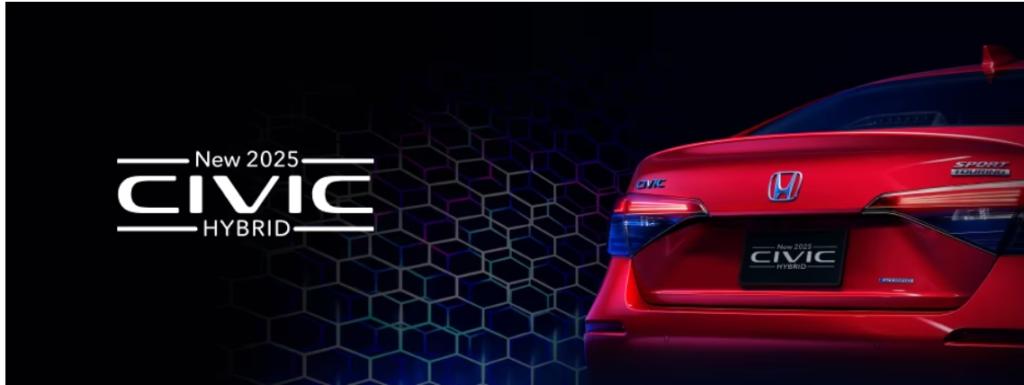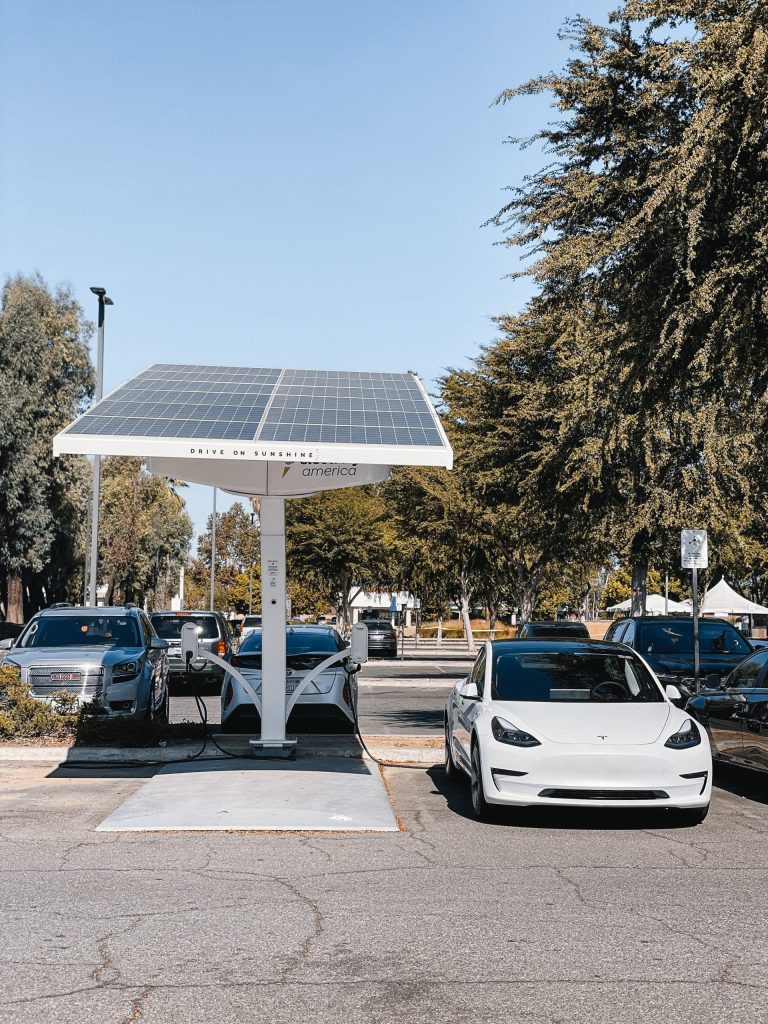a comprehensive study conducted by S&P Global Mobility has unearthed a fascinating trend within the automotive landscape. The data, spanning from January to October 2023, brings to light a significant shift in consumer preferences, particularly among households owning traditional gasoline-powered vehicles.
- The EV Tax Credit Now Acts Like an Instant Rebate
- Cadillac Finally Has More Lyriq EVs, Offers Direct $7,500 Incentive
Contrary to expectations, it appears that a substantial 8.3% of these households opted for a hybrid vehicle as their next automotive investment. This noteworthy trend eclipses the transition to battery-electric vehicles (BEVs), revealing a compelling narrative in the evolving automotive market.

The intricate details within the data showcase the dynamics of this paradigm shift. Throughout the specified timeframe, a consistent 8.3% of gasoline vehicle owners embraced change by choosing either a traditional hybrid or a plug-in hybrid as their new vehicle. Moreover, this percentage surged to an impressive 9.9% in October, marking a notable 3.8% increase from the same period in 2022. This leaves us pondering the underlying factors steering consumers towards hybrids rather than fully embracing the electric future.
Deciphering the Driving Forces
Several factors intertwine to shape this transformational trend. Analyzing data from AutoCreditInsight by S&P Global Mobility and Transunion, we discover a nuanced financial landscape. The average monthly payment for a new gas vehicle in the U.S. hovers around $675, slightly edging down to $670 for a hybrid. This financial consideration becomes pivotal as consumers navigate their choices, especially when faced with the broader spectrum of plug-in hybrids and electric vehicles.
Financial Nuances: A Key Player
Diving deeper into the financial realm, the average monthly payment for plug-in hybrids stands at $798, while electric vehicles claim the highest monthly commitment at $828 on average.
These figures unveil a delicate balance between sustainability and financial pragmatism. As consumers weigh their options, the allure of hybrids becomes more pronounced, positioned as a financially astute bridge between conventional gasoline vehicles and the premium realm of electric mobility.

The Vehicle
Within this transformative landscape, specific vehicles emerge as champions of this hybrid revolution. The Honda CR-V Hybrid takes center stage, capturing the allegiance of traditional combustion-powered vehicle owners. Notably, the Toyota RAV4 Hybrid and Honda Accord Hybrid follow suit, painting a vivid picture of evolving consumer preferences. In t
he realm of electric vehicles, the Tesla Model Y emerges triumphant with 112,195 registrations from January to October, underscoring Tesla’s prowess in the market.
Consumer Sentiments and the Road Ahead
While the allure of electric propulsion remains undeniable, the consumer journey toward complete electrification appears tempered. Tom Libby, associate director for loyalty solutions and industry analysis at S&P Global Mobility, remarks, “This consumer trend of taking a half-step by choosing a hybrid instead of moving directly to an EV may be a sign of tentativeness to fully embrace electricity as the means of propulsion.”
This sentiment reflects a nuanced transition within the automotive industry, wherein sustainability coexists with a pragmatic approach to vehicle choice.